Lilly Pulitzer is more than just a brand; it’s a lifestyle that embodies vibrant colors, resort elegance, and a playful approach to fashion. Founded by socialite and entrepreneur Lillian Pulitzer Rousseau in the late 1950s, the brand has become synonymous with tropical prints and sunny sophistication. What started as a solution to a messy problem—designing a dress to hide juice stains while running her fruit stand—quickly transformed into a sensation. Lilly’s signature shift dresses were soon embraced by the social elite, including Jacqueline Kennedy Onassis, whose photograph in a Lilly dress catapulted the brand into the national spotlight. This mix of functionality, whimsy, and Palm Beach glamour laid the foundation for a brand that continues to thrive decades later.
The early years of Lilly Pulitzer were deeply rooted in the artisanal charm of Florida’s Key West, where much of the brand’s iconic fabric was crafted. With Suzie Zuzek as the mastermind behind many of the brand’s patterns, Lilly’s designs celebrated nature, bold colors, and a sense of fun. From the 1960s to the early 1980s, Lilly Pulitzer became the go-to label for those seeking effortless style with a preppy edge. Despite its success, the company faced challenges and closed its operations in 1984. However, its legacy was far from over. In the 1990s, the brand was revived by Sugartown Worldwide, Inc., bringing Lilly’s vibrant designs back to the forefront of fashion.
Today, Lilly Pulitzer remains a beloved icon of American fashion, blending its rich heritage with modern trends. Known for its motto, “Everything is possible with sunshine and a little pink,” the brand has expanded its reach, offering everything from bridal collections to home décor. Whether you’re walking barefoot on a sandy beach or attending a chic garden party, wearing Lilly Pulitzer is an expression of joy and timeless style. Its enduring appeal lies in its ability to capture the carefree spirit of summer, making every piece a celebration of life’s brighter side.
Lilly Pulitzer for Target TV Commercial
How to tell if Lilly Pulitzer is vintage from the logo
Lilly Pulitzer has long been synonymous with vibrant, tropical patterns and timeless resort wear. Over the decades, the brand’s logo has evolved, reflecting changes in design trends while maintaining its unique identity. From classic cursive fonts to more modernized iterations, the logos used by Lilly Pulitzer are key indicators for determining the era of a garment or accessory. Below is a breakdown of the logos from specific time periods based on the attached examples.
1950s to 1980s Lilly Pulitzer logo
- This logo features the name “The Lilly” in elegant, flowing cursive script.
- The use of a bold orange color reflects the vibrant, sunny aesthetic associated with Lilly Pulitzer’s designs during this era.
- This style emphasizes a more personal, boutique-like charm, as the brand initially catered to a niche market of resort and socialites.
- The simplicity of the design reflects its mid-20th-century origins and aligns with the hand-crafted feel of its garments.
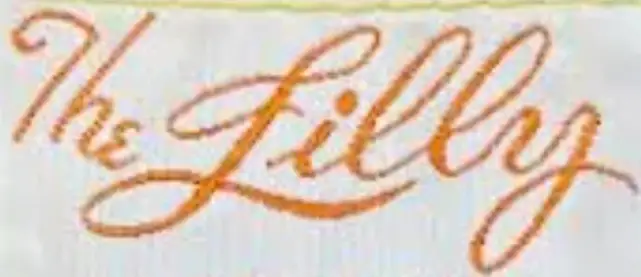
1950s to 1980s Lilly Pulitzer logo
1980s to now Lilly Pulitzer logo
- This logo transitioned to the full “Lilly Pulitzer” name, written in playful, exaggerated cursive.
- The bright pink color became a hallmark of the brand, reinforcing its fun and feminine identity.
- The design feels more modern and polished, reflecting the brand’s growth into a global lifestyle label.
- While the font retains its cursive charm, it is less delicate than the previous logo, signaling a shift toward a more contemporary and widely recognizable look.

1980s to now Lilly Pulitzer logo
How to tell if Lilly Pulitzer is vintage from the tags
The evolution of Lilly Pulitzer tags offers valuable insights into the brand’s history and authenticity. From its beginnings in the 1960s to its more modern renditions, each era reflects the changing aesthetics and branding strategies of the company. Examining these tags can help collectors and enthusiasts determine the era of a garment, making them a key identifier for vintage Lilly Pulitzer pieces.
Need help with vintage tags or labels? Submit a picture on our vintage tag identification page, and we’ll assist you!
1960s vintage Lilly Pulitzer tags
- Features “The Lilly” branding in script font.
- Includes “Lilly Pulitzer Inc.” below the logo, often in smaller print.
- Tags are typically rectangular and stitched onto the garment.
- Bright orange or green lettering is common, reflecting the vibrant brand identity.
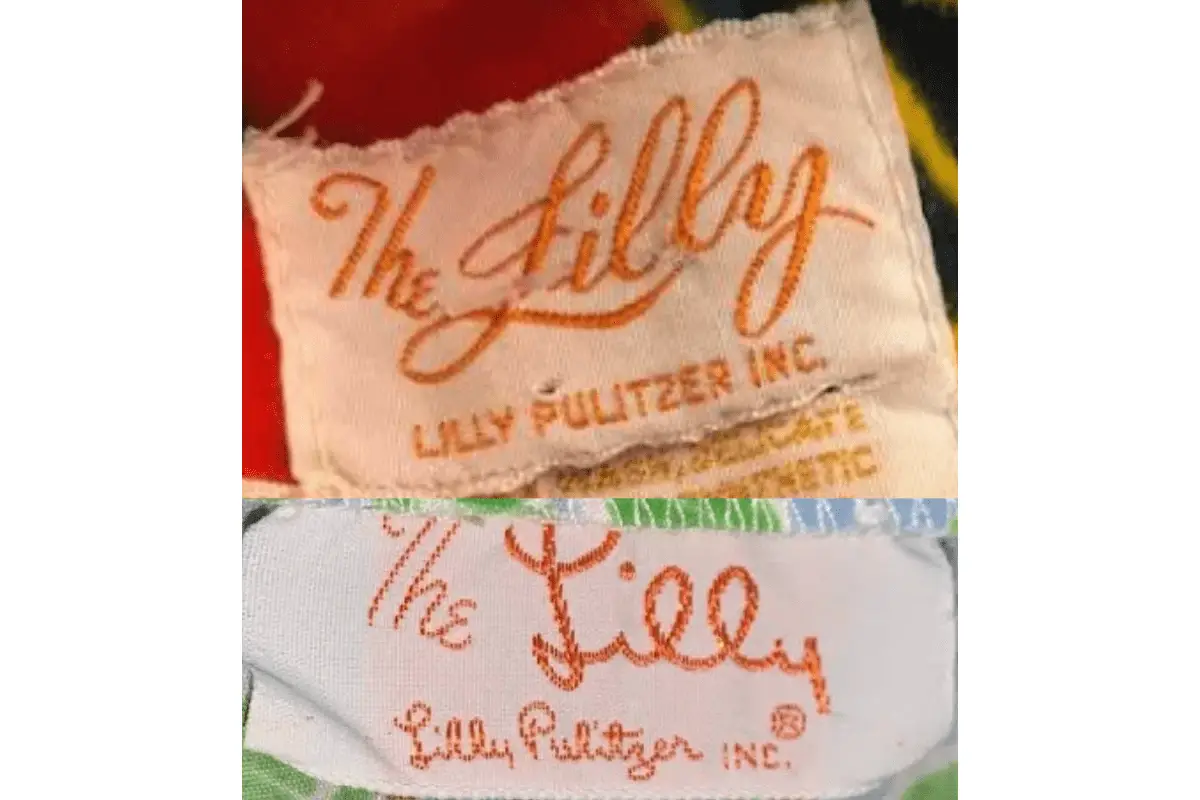
1960s Lilly Pulitzer tags
1970s vintage Lilly Pulitzer tags
- Continues the use of “The Lilly” in elegant script font.
- Includes “Lilly Pulitzer Inc.” in block letters, often below the main script logo.
- Tags are rectangular with bold and colorful text, maintaining the bright orange and green color scheme.
- Frequently features “Sportswear Division” as part of the branding, emphasizing the casual, preppy style of the era.

1970s Lilly Pulitzer tags
1980s vintage Lilly Pulitzer tags
- Transition to a simpler “Lilly Pulitzer” script logo.
- Tags are more compact, with serif-style fonts for the “Pulitzer” portion of the name.
- Some tags include trademark symbols (® or ™), signaling the brand’s growing prominence.
- Materials used for tags are sturdier, indicating a shift in production standards during this decade.
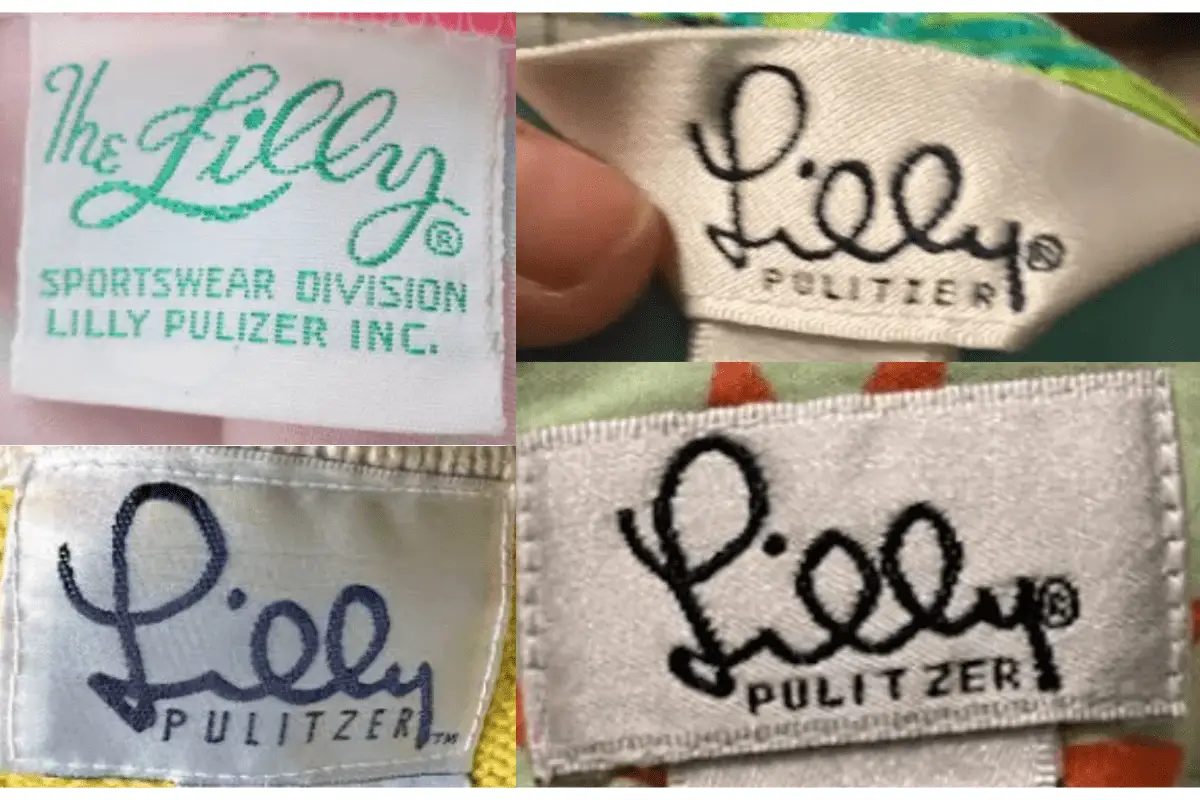
1980s Lilly Pulitzer tags
1990s vintage Lilly Pulitzer tags
- Features a more refined “Lilly Pulitzer” script logo, with cleaner lines.
- Rectangular tags with monochromatic designs, often in black on white.
- Focus on minimalist branding, reflecting trends of the 1990s.
- Trademark symbol (®) is consistently present next to the logo.
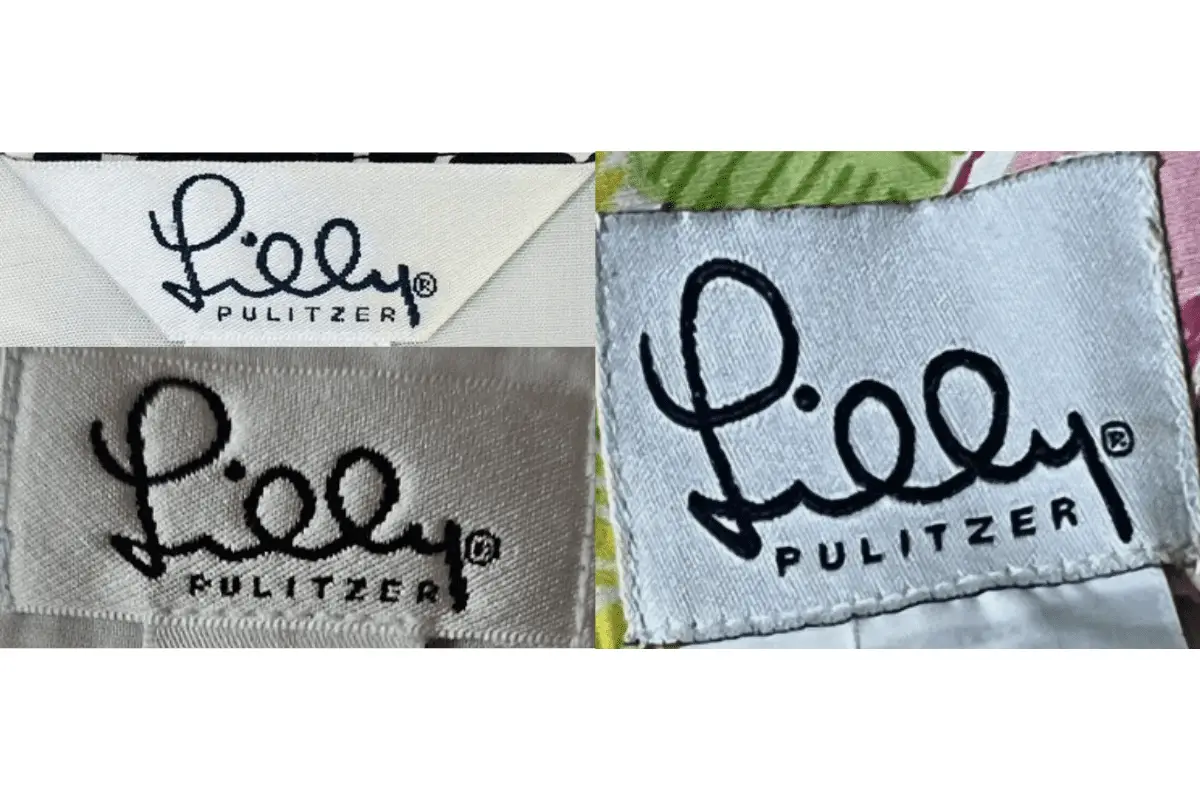
1990s Lilly Pulitzer tags
2000s vintage Lilly Pulitzer tags
- Tags incorporate brighter and bolder colors, such as pinks and golds.
- Introduction of embroidery-like textures on tags, giving them a luxurious feel.
- Logo is often positioned on fabric tags with intricate stitching details.
- Trademark symbol (®) remains a key element of the branding.
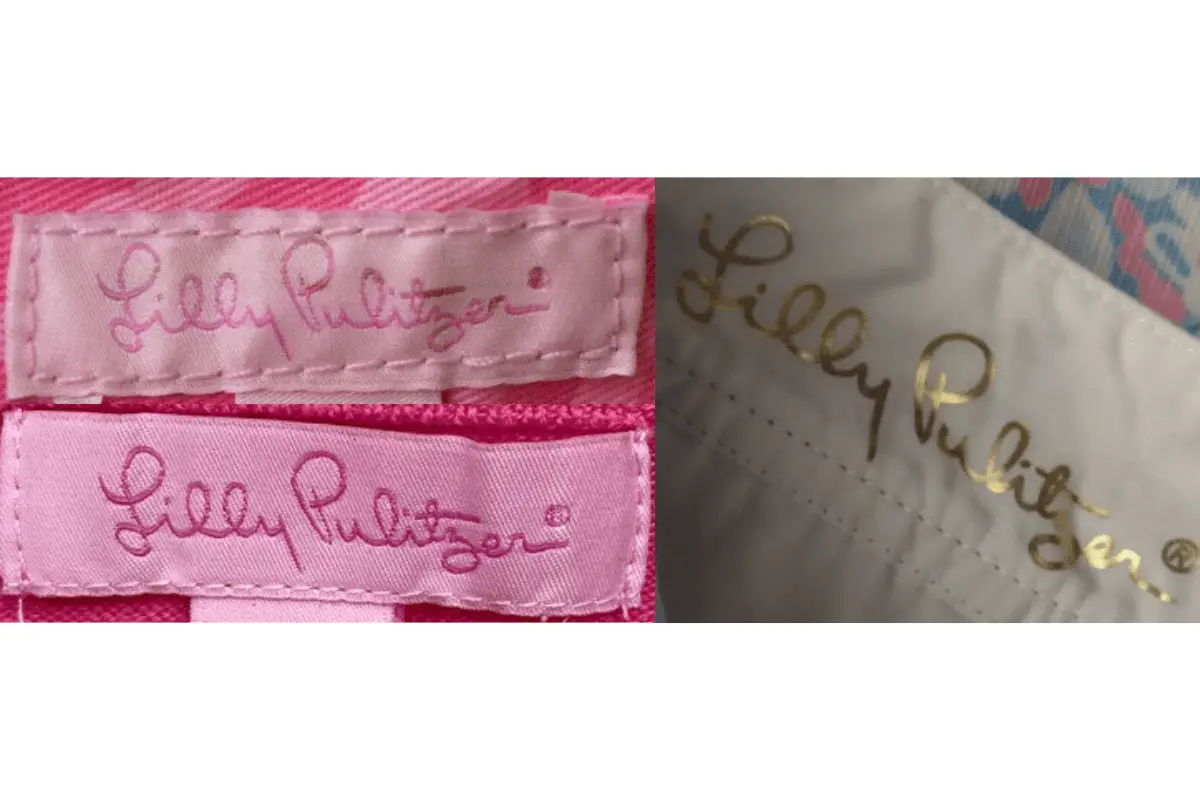
2000s Lilly Pulitzer tags
2010s vintage Lilly Pulitzer tags
- Features sleek and modern designs, with vibrant and saturated colors.
- Gold accents become more prevalent, emphasizing the brand’s upscale evolution.
- Tags are often larger and include size information directly beneath the logo.
- Focus on premium materials, reflecting the brand’s modern luxury appeal.
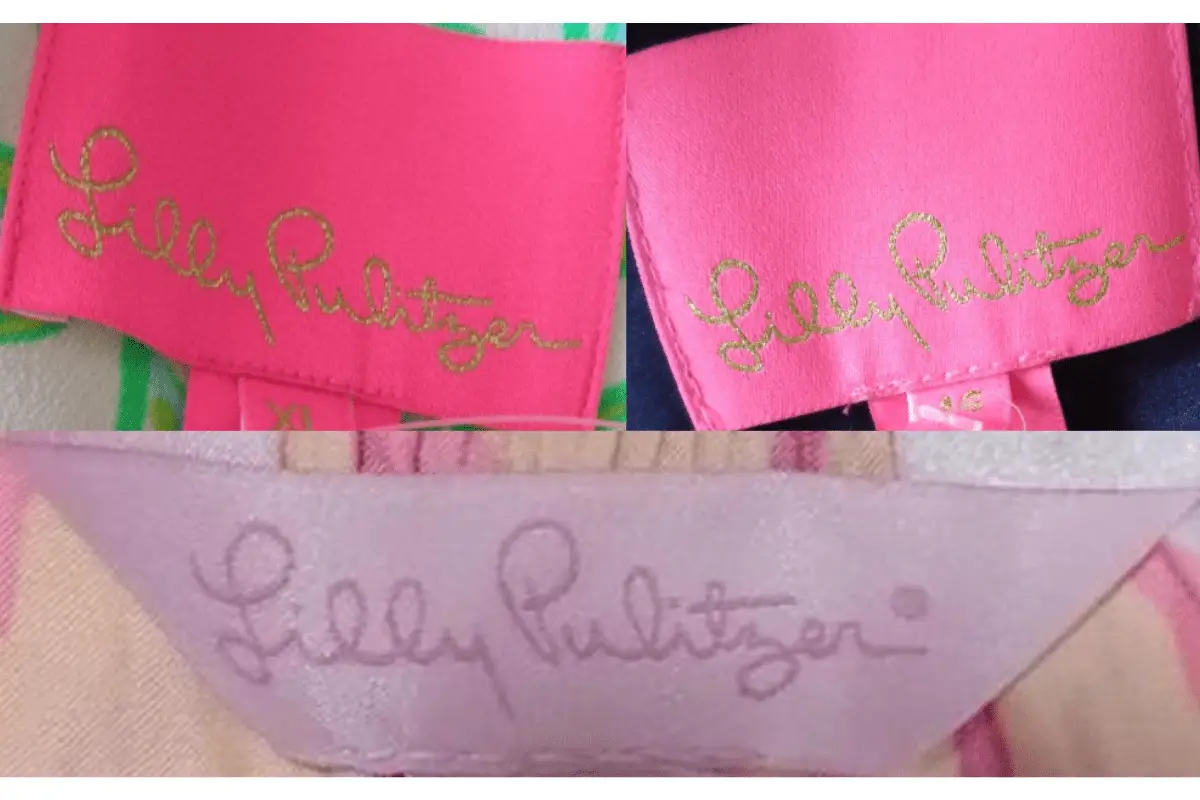
2010s Lilly Pulitzer tags
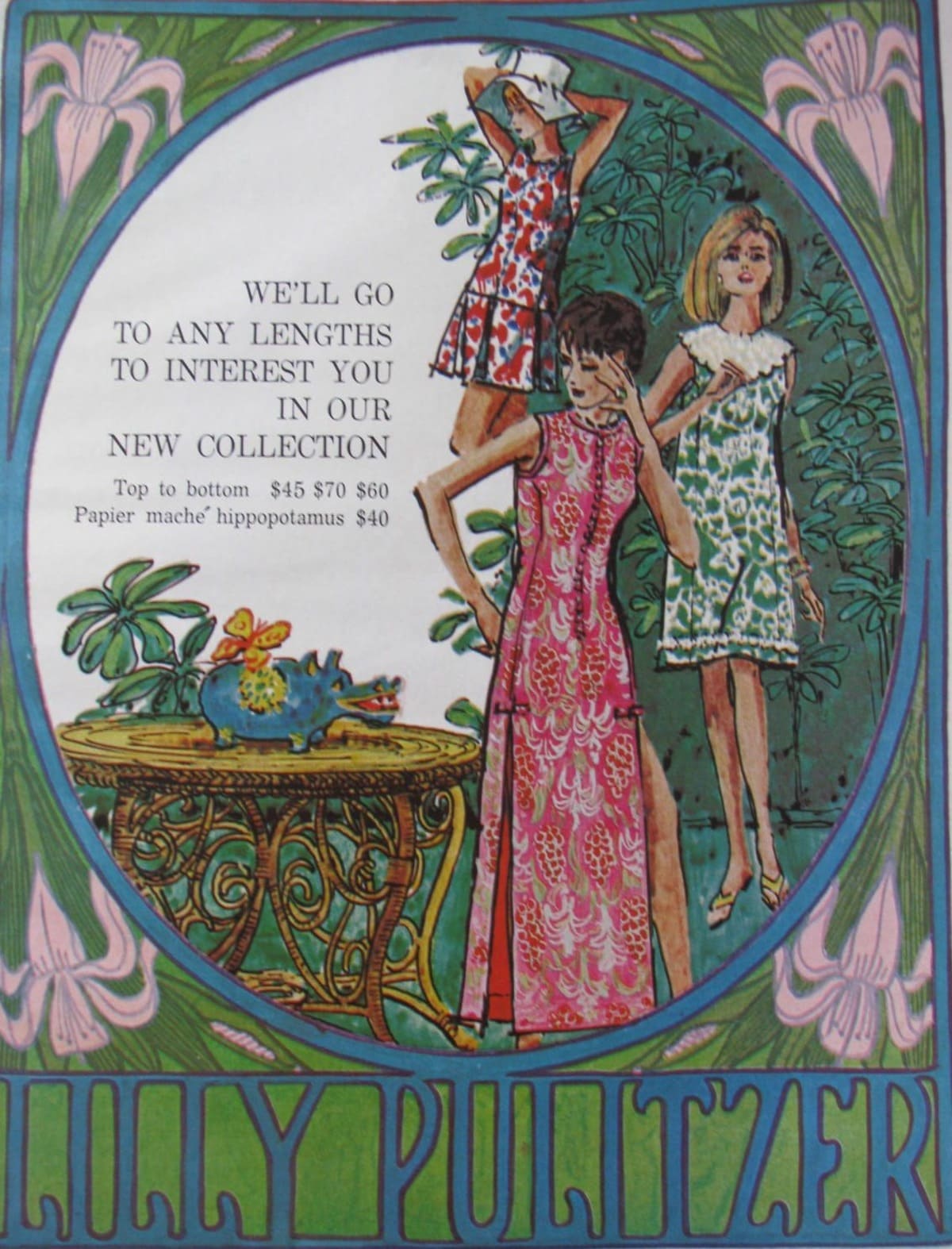


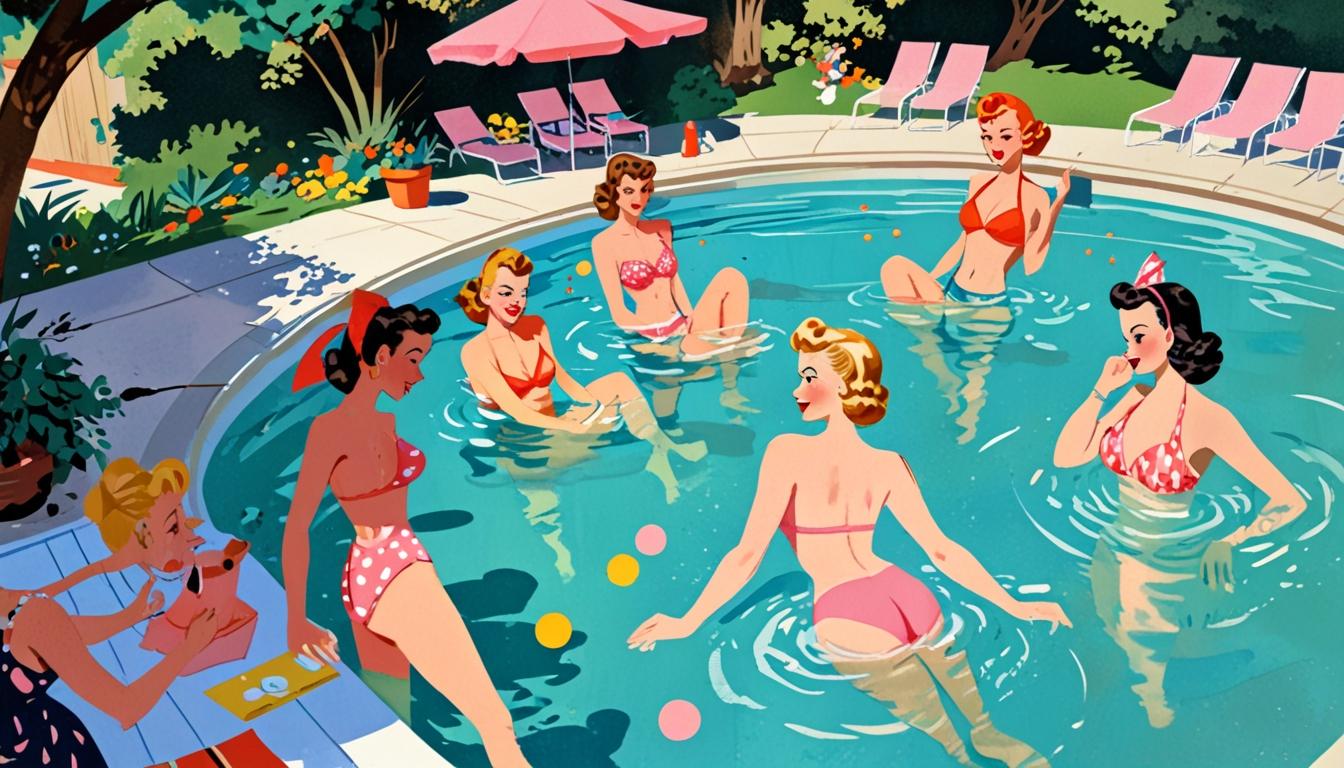
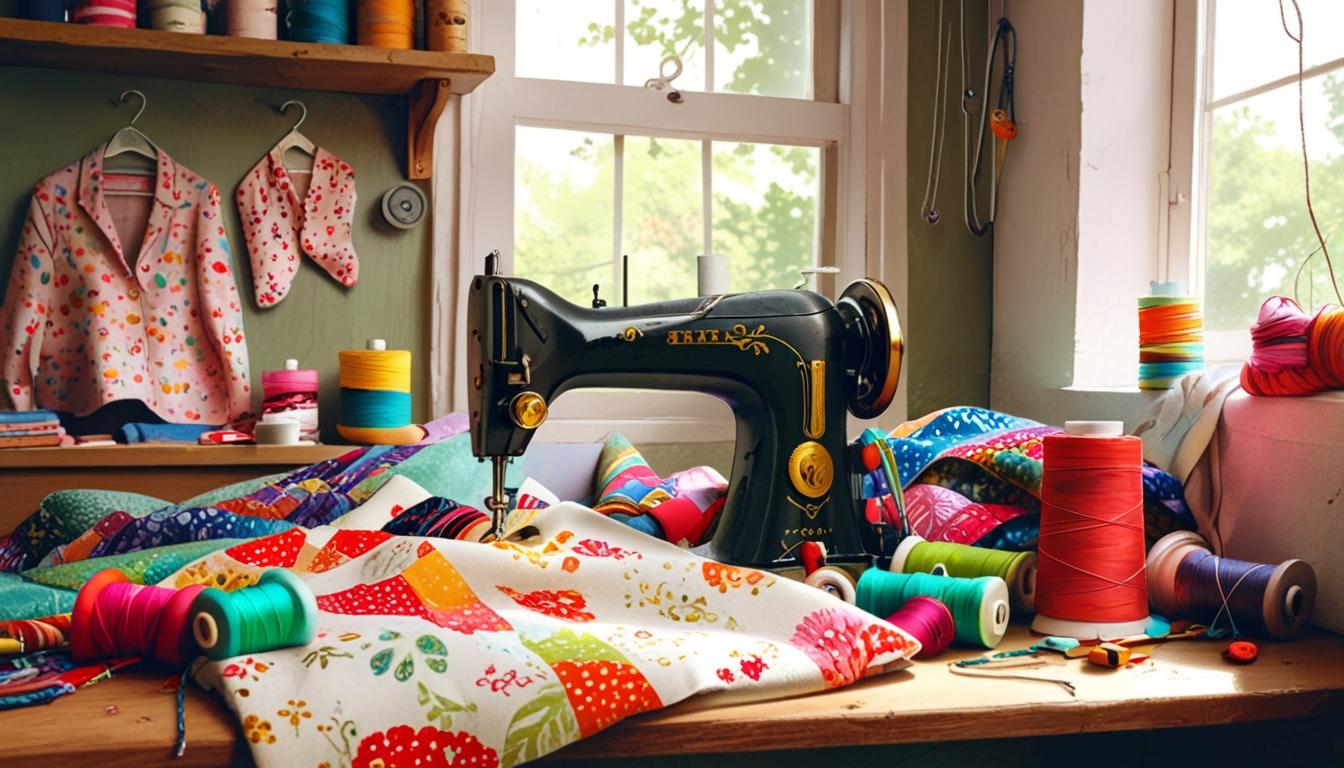
I have mastered some new issues from your website about pc’s. Another thing I’ve always believed is that laptop computers have become a product that each household must have for a lot of reasons. They supply you with convenient ways in which to organize homes, pay bills, search for information, study, listen to music as well as watch shows. An innovative strategy to complete these types of tasks is to use a laptop computer. These pcs are portable ones, small, powerful and easily transportable.